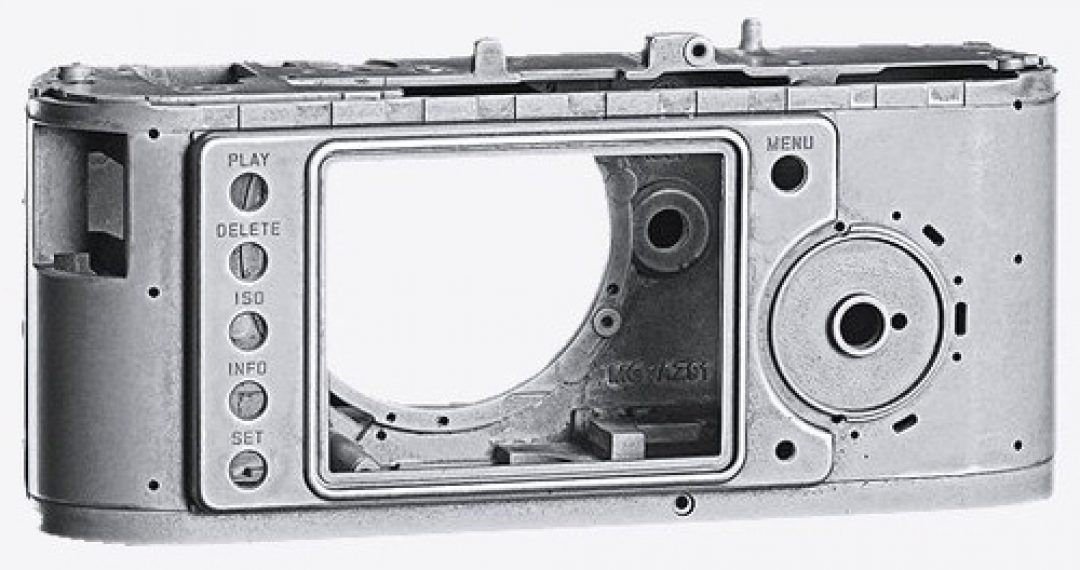
Leica M9 and M9-P Digital Camera review | Chuck Hawks
This review is intended to provide information to M9 owners and potential M9 owners. It is written for advanced amateur or professional photographers interested in taking still photographs with a Leica M9 camera. It is not a detailed operating manual, so I am only going to mention the highlights that I find interesting or useful. Nor am I going to lard this article with photos I have taken with the M9. The resolution appropriate for an online article could not do them justice and you can find plenty of M9 photos in the LFI gallery on the Leica USA website (http://us.leica-camera.com/). If you purchase an M9, please read the Instruction Manual. The English section is only 85 pages long and it is filled with detailed information of which you should at least be aware. Oskar Barnack, Development Manager at the world famous microscope and optics manufacturer E. Leitz in Wetzlar Germany, invented modern 35mm (24x36mm format) still photography and built his prototype Leica camera in 1914. (Leica is a contraction of „Leitz Camera.“) Delayed by the tragic events in Sarajevo and the subsequent outbreak of the Great War (WW I), the production version of the first Leica camera was finally introduced in 1925. In 1930, Leica introduced interchangeable (thread mount) lenses for Leica cameras and in 1932 the Leica II with a coupled rangefinder and built-in viewfinder. 1934 brought the Reporter, incorporating a bulk (250 exposure) film magazine and a spring powered motor drive. Leica M System cameras for bayonet mount lenses were introduced in 1954 with the M3 camera and are still going strong today. The M5, introduced in 1971, was the first rangefinder system camera to incorporate through the lens (TTL) light metering…..
See on www.chuckhawks.com
